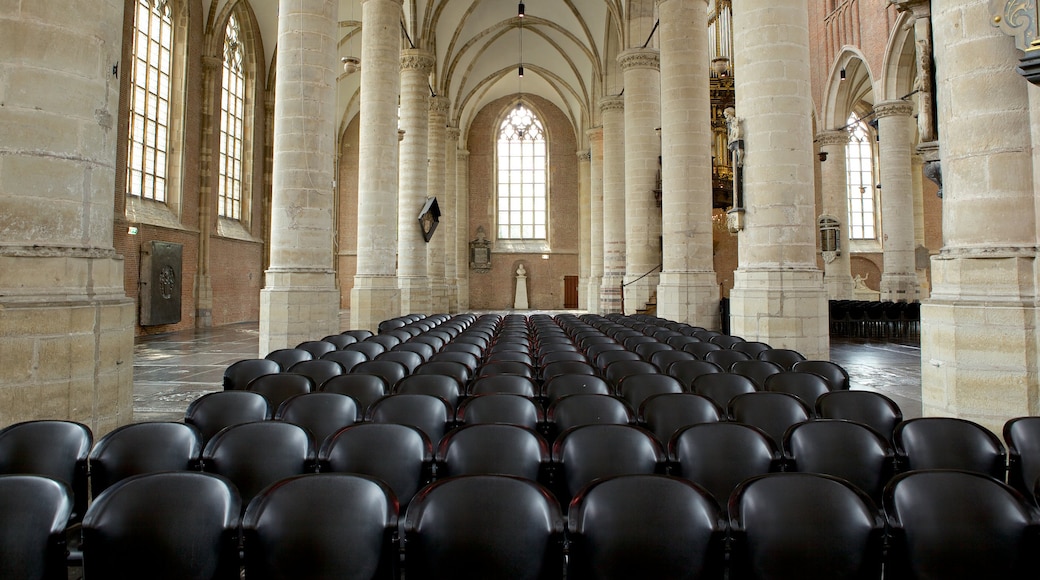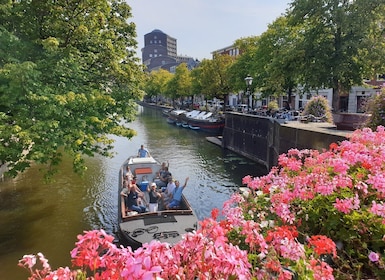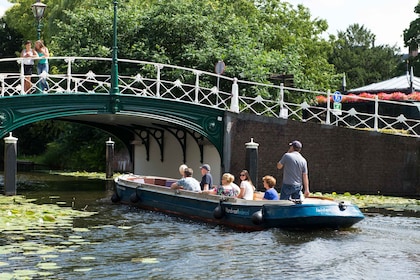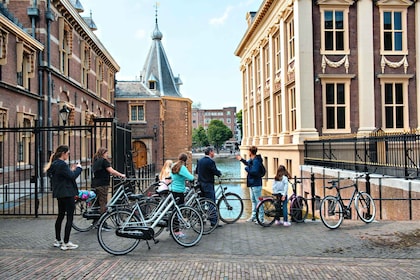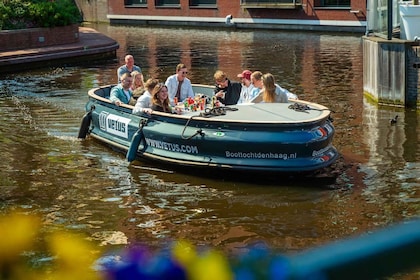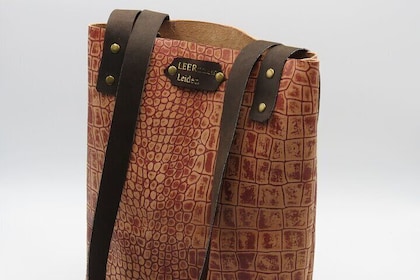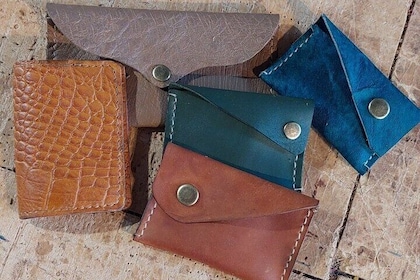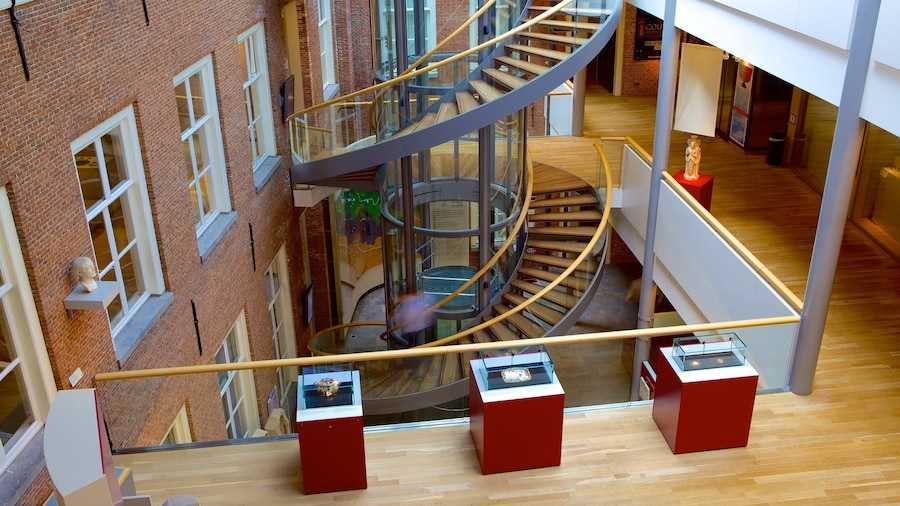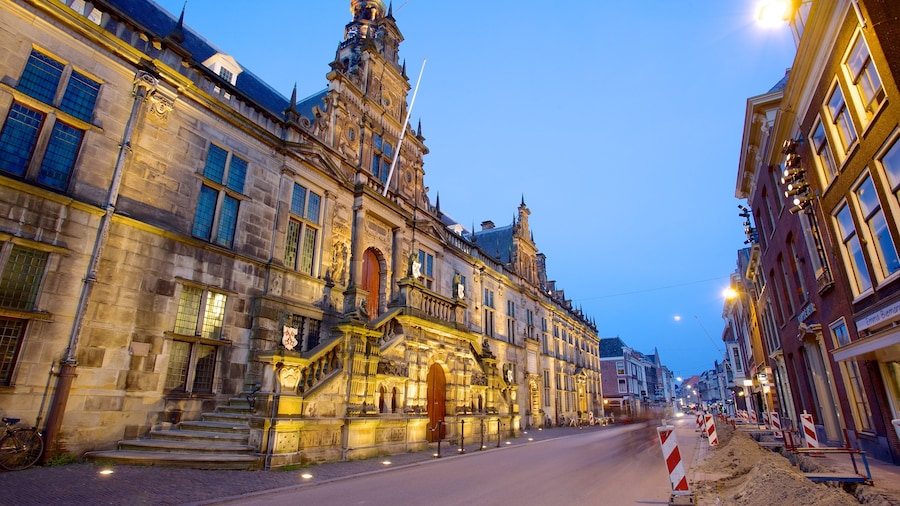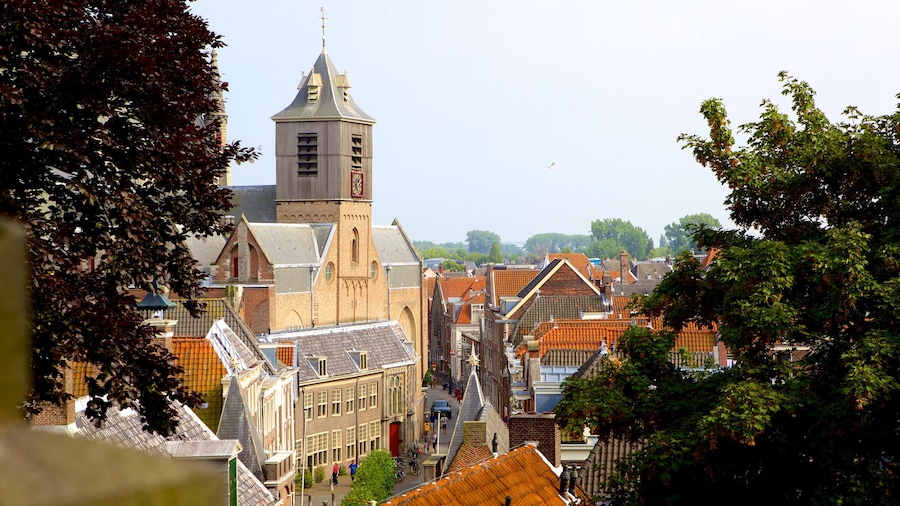The history of this Gothic medieval church is intertwined with that of the pilgrims who lived and worked in Leiden for many years before migrating to America.
Take in the beautiful architecture and pilgrim history of the gothic Pieterskerk. There has been a church on this site since the 12th century however, each time its community outgrew it and the church was replaced with a larger structure. The building you see today was constructed between the 14th and 16th centuries.
The Pieterskerk was an important part of life for the Protestant group known as the pilgrims, who had migrated to Leiden from England in fear of religious persecution from King James I. One of the pilgrim leaders, Pastor John Robinson, is buried in the church. The pilgrims later migrated to Plymouth in America. Their Thanksgiving feast tradition is thought to be related to the celebration on October 3 of Leiden’s Liberation from the Spanish siege in 1574.
Look up to see the stained-glass windows. These are not the originals, but were made in the 19th century after the explosion of a ship transporting gunpowder destroyed the older ones. The pipes on the Van Hagerbeer organ are originals, of 1448 vintage.
On the floor of the Pieterskerk you’ll notice many tombstones, from a time in the Middle Ages when it was traditional to bury the rich and powerful in the church. You’ll see tombstones for local intelligentsia such as mathematician Ludolf van Keulen, physician Herman Boerhaave, and Golden Age painter Jan Steen.
The church has been deconsecrated and is now used as a venue for events. Many informative signs around the church will give you an insight into its history. There’s a small entry fee, which also gives you a discount at the church’s café. The church is open daily.
After your trip to Pieterskerk, take some time to wander through the surrounding streets to see the historic homes, some of which were used by the pilgrims. On Wednesdays and Saturdays visit the farmers market nearby where you can try the local cheese and Dutch herring.


